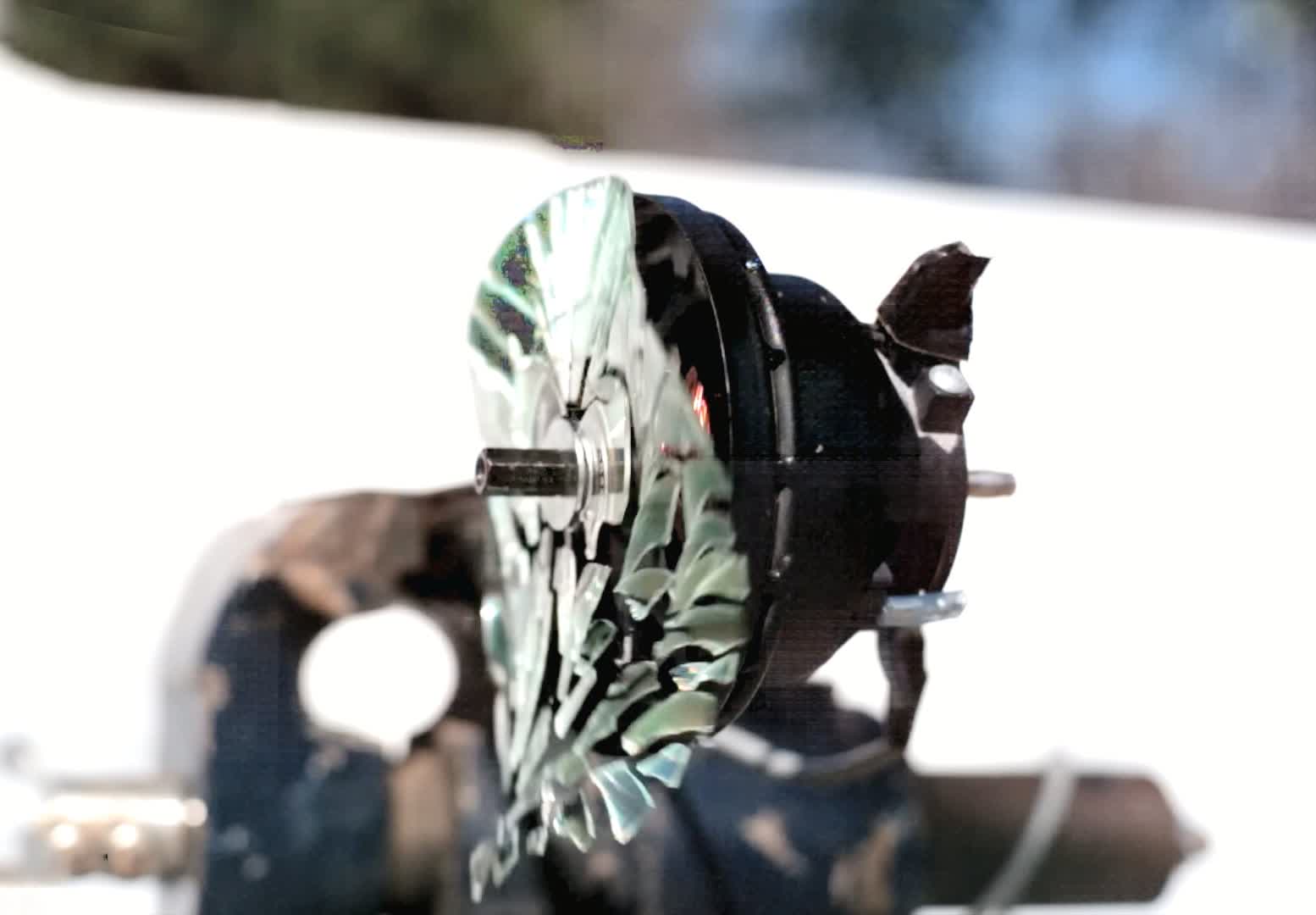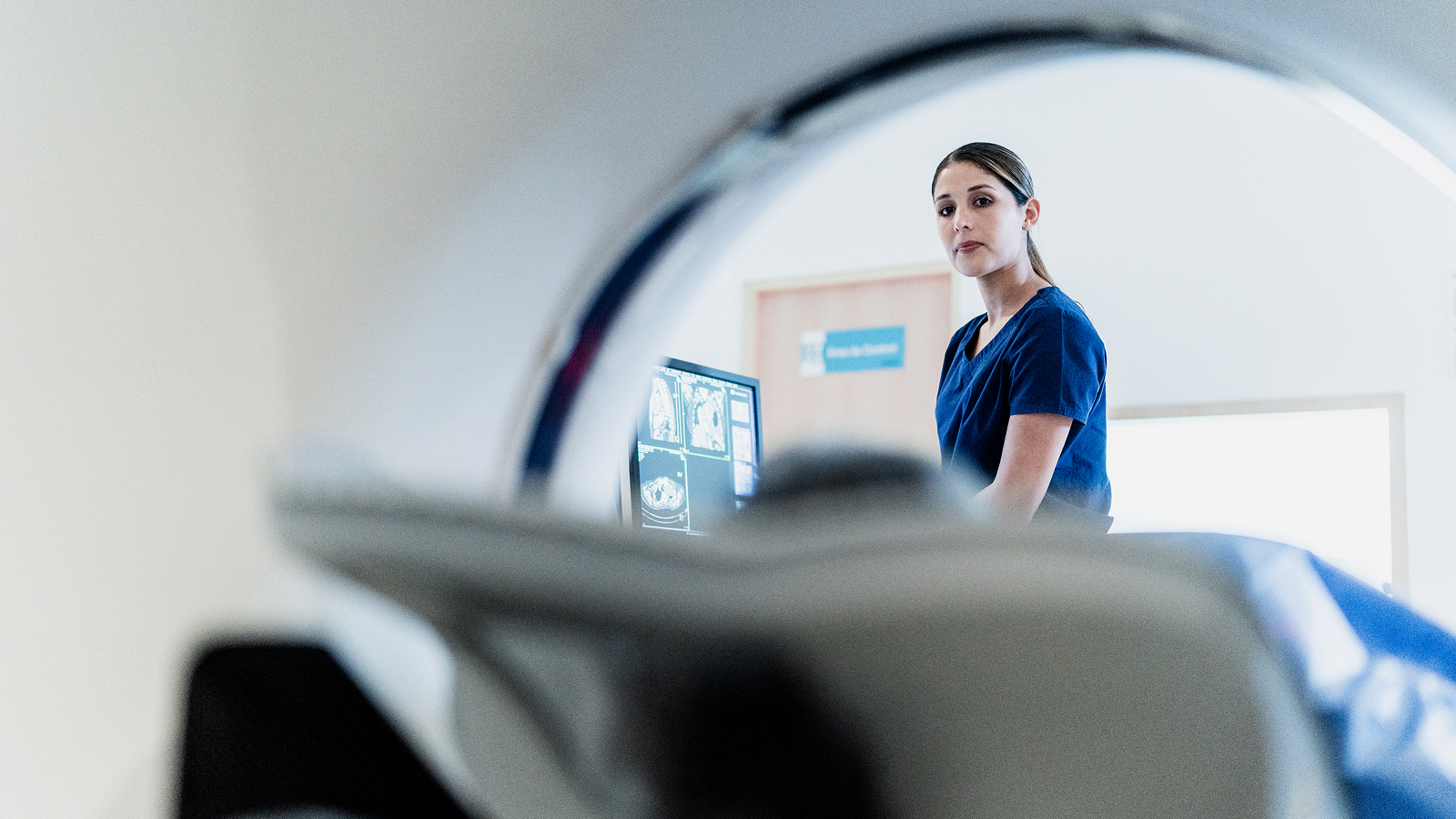
Leading by Eixample: Barcelona, Spain
www.architectural-review.com
Adapting the 19thcentury masterplan for Barcelonas expansion to todays pressing ecological concerns engenders controversies and disagreementsThe isotropic grid has demonstrated its capacity to organise a territory, from a small neighbourhood to an entire continent. It was famously used for the 19thcentury expansion of Barcelona, which led the civil engineer behind the masterplan, Ildefons Cerd, to invent the word, and discipline of, urbanisation in the process. Cerds vision for Barcelonas expansion was accompanied by a foundational text on urban planning: General Theory of Urbanisation (1867). In the 1840s, the city of Barcelona was constricted within medieval walls, but bursting at its seams. New storeys on buildings would extend out as they rose and arches were stretched across the narrow streets so that additional lodgings could be built on top of them. These practices inevitably led to overcrowding and dire public health issues.By the early 19th century, the old city of Barcelona was overcrowded. The lack of available space had forced inhabitants to build upwards and exercise their creativity: upper storeys extended out into the narrow lanes, while arches were erected in the middle of streets to be built uponCerd envisioned the Eixample, meaning expansion in Catalan, as a way to connect the old city, or Ciutat Vella, to seven peripheral villages, including Grcia and Sarri, which were then amalgamated as neighbourhoods. Since one of the findings of Cerds research was that the narrower the citys streets, the more deaths occurred, he used a grid of 20mwide streets, with 5mwide pavements on each side and an inventive 45 chamfer at each intersection, resulting in octagonal urban blocks.In the original plan, approved in 1860, a large portion of the block was intended for open and green spaces; only two or three of the blocks 113.3mlong outer edges would be built up, to a depth of 20m and a height of 16m, leaving a generous recreational space at the centre. Each unit would also receive plenty of air and sunlight. A utopian socialist, the Catalan engineer imagined a homogeneous and egalitarian city structure.Demolition of the medieval walls finally started in 1844 and, within a decade, the civil engineer Ildefons Cerd was working on the citys expansion plan. His proposal was approved in 1860Credit:Museu dHistoria de la Ciutat, Barcelona / WikimediaOver the years, the project underwent significant alterations, as it became subject to the pressures of population growth and real estate speculation. By the end of the 20th century, the built density was four times what was originally intended. The urban blocks were built up on all four sides, with constructions that were deeper and taller than planned, and their centres had been gradually occupied many of them became car parks. Cerd might have predicted, 30 years before the car was invented, that residents of Barcelona would move in private locomotives, but he did not foresee the degree of congestion and pollution that would ensue, jeopardising his hygienist vision of a green and healthy city.Since the early 2000s, municipal governments from various political factions have focused the debate on the urban model and instigated new projects where public space could transform the citys ecosystem and generate alternative political, economic and social models for the immediate future. In the last 10 years, the municipalitys programmes of superblocks and green axes have aimed to address the shortage of green spaces and unacceptable levels of air and noise pollution by restricting access to through traffic in certain streets, prioritising instead pedestrians and alternatives of mobility.In Cerds rational masterplan, a large portion of each urban block was reserved for recreational space. However, the engineers precise recommendations were not respectedCredit:WikimediaSalvador Rueda, the Citys director of the Urban Ecology Agency until 2020, imagined what he called superblocks as critical components of an ecosystemic urbanism; by significantly reducing the public space allocated to cars as most journeys are to be made on foot, bicycle or public transport it is possible to reimagine the city as comfortable, attractive and socially cohesive. His proposal consisted of grouping the Eixamples blocks into units of nine (33), so that a new orthogonal grid of 400m400m emerged. This plan was arguably not that new. Back in 1932, during the rationalist expansion era and a year before the Athens Charter, Le Corbusier and Josep Llus Sert had designed the Maci Plan, which reorganised Barcelonas urban fabric with 400m-wide square blocks; due to disagreements between professionals and politicians, it was never implemented.The idea is that superblocks recover three quarters of the surface area currently allocated to vehicles, while reducing traffic by only 15 per cent vehicles using the interior streets of the superblock drive at the slower speed of 10km/h. Similarly to the shared spaces adopted in the UK, on Londons Exhibition Road for instance, this transformation frees space for new forms of urban interaction. Importantly, superblocks are not conceived as isolated and independent cells, but as a network; the programme, approved in 2015, aimed to create 503 superblocks by 2030.The municipality initiated a series of programmes to address the lack of green spaces and unacceptable levels of air and noise pollution. Launched in 2015, the superblocks, consisted of grouping together several of Cerds blocks to create quieter streets within. This example in the neighbourhood of Sant Antoni was designed by Leku StudioCredit:Del Rio BaniUsing previous interventions of shared spaces and pedestrianisation in Ciutat Vella and Grcia as precedents, Barcelonas first superblock took the form of a pilot project in the industrial and workingclass Poblenou neighbourhood in 2017. This first test quickly brought to light discrepancies between the theoretical model and the challenges of a city in transformation: it revealed problems of management, communication and maintenance, but also adverse effects on public transport infrastructure, logistical difficulties and negative economic repercussions.Some of these initial mistakes were addressed subsequently. The second superblock, in Sant Antoni, demonstrated that a similar intervention implemented in an area with different socioeconomic and urban realities produced significantly different outcomes. The denser vegetation helped reduce pollutant particles but failed to improve noise pollution, as the noise of cars was replaced by the loud, recreational use of the space. Sant Antonis superblock has also been speeding up gentrification, triggering discontent among neighbours and traders, and overshadowing other improvements. Despite some benefits, these interventions fall short of Ruedas promoted model as they have failed to constitute a network and remain isolated transformations in the city.The citys necessary urban transformation has become a political and electoral weaponA change in municipal government in 2019 led to a new phase of the programme, which sought to turn one of every three streets in the Eixample into pedestrian, green spaces the so-called green axes. Like in the superblocks internal streets, traffic remains allowed but at a reduced speed, and Cerds chamfered intersections are converted into new plazas. In 2020, the City chose four sites Carrer del Consell de Cent, Carrer de Rocafort, Carrer del Comte Borrell and Carrer de Girona and launched an architecture competition to transform these streets, introduce plazas, and design the junctions where they meet the rest of the city. A total of 4.65km of green axes have since been created, freeing 58,000m for pedestrians and adding 11,000m of planted areas, with 400 new tree species.Due to technical and electoral constraints, ambition was dampened in areas such as soil permeability and groundwater management. More broadly, the increasingly polarised political climate has coopted urbanism as a tool for partisan confrontation, reflecting differences in interests among political leaders, economic stakeholders, technical experts and local residents. Yet amid these diverse views lies an unchallenged consensus: the need to improve the citys environmental conditions remains urgent, requiring rethinking mobility systems and, therefore, the urban model. Rueda was citing Cerd when he asserted that every mode of mobility generates a model of urbanisation. Environmental studies highlight the Eixample as the area of Barcelona that is most affected by pollution, where particulate matter consistently exceeds WHO limits. Research also demonstrates that both the superblocks and green axes would improve citizens physical and mental health.Since the inauguration of the green axes in 2023 and 2024, three major positions can be distinguished in the debate. Firstly, those at the municipality who initiated and delivered the Eixamples four green axes, represented by the Citys former chief architect Xavier Matilla, defend the model based on both environmental and social principles, and argue that criticism stems from the defence of purely economical interests. Secondly, Ruedas criticism of the green axes is that they interfere with, and compromise, the idea that superblocks must operate as a network; he argues that they are insufficient and inefficient as stand-alone interventions. Finally, influential voices that led the urban transformation of Olympic and postOlympic Barcelona, including the architect Josep Antn Acebillo, advocate an approach that respects the Eixamples urban morphology and does not alter the trees or pavements, which they consider the historical and cultural heritage of Cerds proposal. Acebillo suggests allocating half the street surface to movement, with four lanes (for public transport, electric vehicles, bicycles and personal urban transit such as motorised wheelchairs and scooters), and the other half to recreational activities. He believes that, given the isotropic character of the Eixample, this transit scheme would only be efficient if uniformly applied to all streets, and argues that the egalitarian structure of the Eixample holds a value that is at once material, symbolic, societal and organisational.Ultimately, Barcelonas recent attempts at superblocks and green axes highlight the immense complexity of transforming public space at this scale. While most residents recognise the urgent need for a new mobility model aligned with health and environmental priorities, there is currently no clear way forward. Instead, the citys necessary urban transformation has become a political and electoral weapon. The potential for rich urban discussion is currently overshadowed by political appropriations and judicial rulings that seek to overturn some of the completed projects due to procedural defects; these rulings argue that these interventions are not reforms but changes to the Metropolitan Plan, and would necessitate greater political consensus and procedure.As the 2023 elections brought in a new municipality, current political leaders have shifted efforts toward facades, rooftops and vacant spaces, deprioritising urban movement as the main focus. Combined with the unfinished programmes of superblocks and green axes, what began as an ambitious debate on urban models and networks has dissolved, at least for now, into fragmented proposals and superficial modifications a patchwork of interventions rather than a considered network.2025-02-19Reuben J BrownShare AR February 2025ExtensionsBuy Now
0 Comentários
·0 Compartilhamentos
·67 Visualizações








